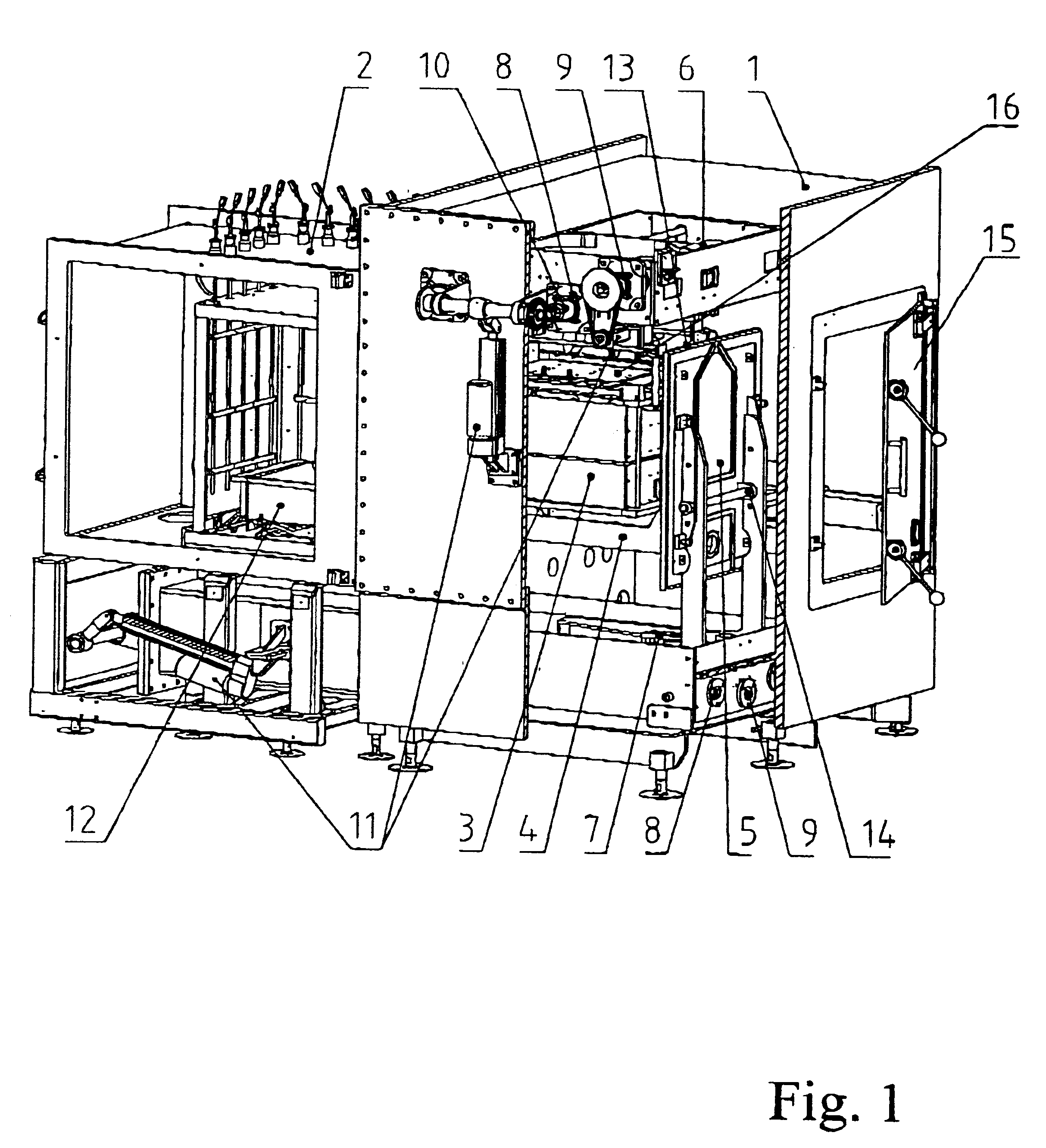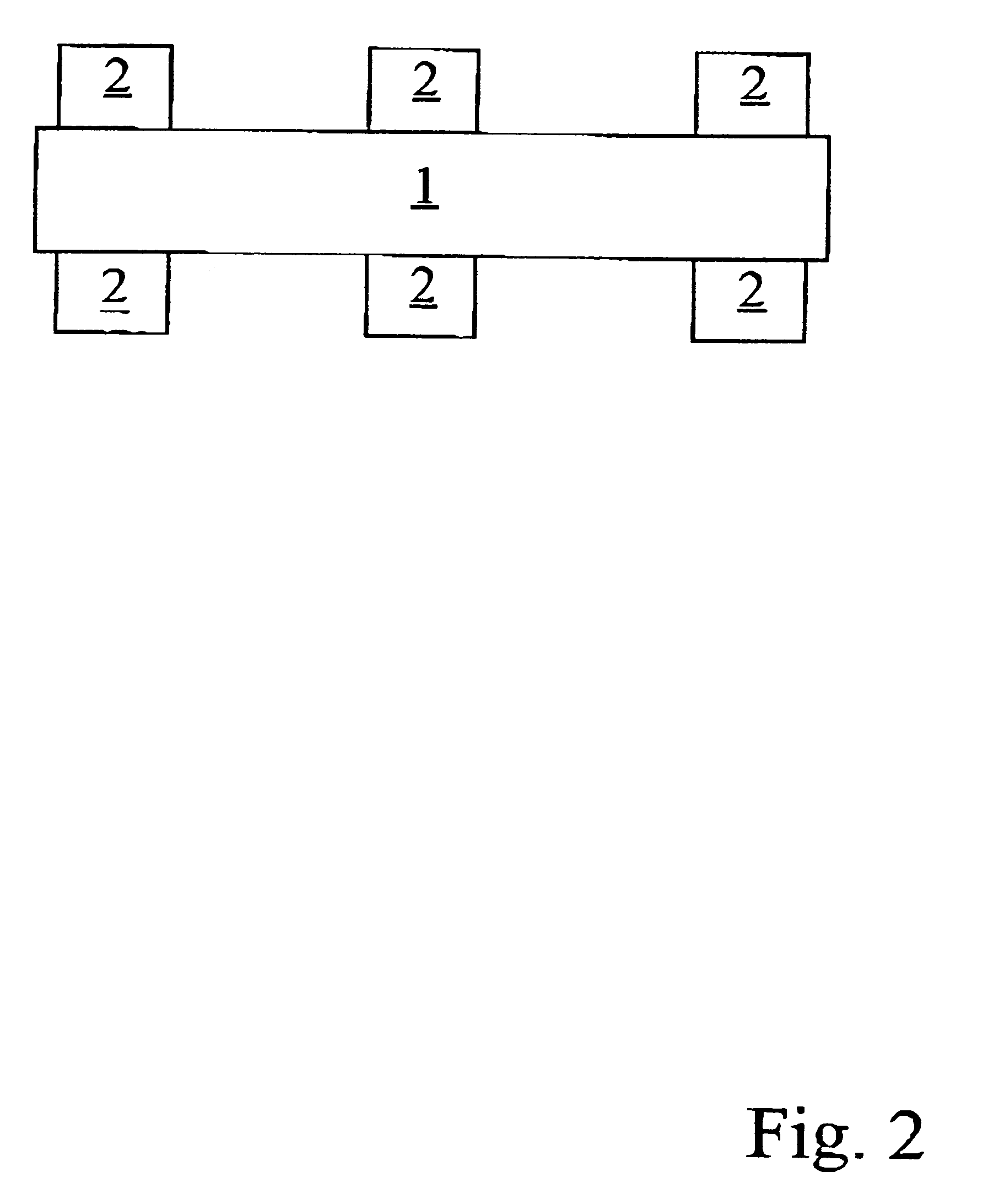Apparatus for growing thin films
a technology of apparatus and thin film, which is applied in the direction of crystal growth process, chemical vapor deposition coating, coating, etc., can solve the problems of risk of microparticle formation already within the infeed channel of gaseous reactants, risk of mutual reaction, and general deterioration of microparticles on the quality of deposited thin films, so as to shorten the overall processing cycle time and reduce the amount of time lost in heating/cooling
- Summary
- Abstract
- Description
- Claims
- Application Information
AI Technical Summary
Benefits of technology
Problems solved by technology
Method used
Image
Examples
Embodiment Construction
In the context of the present invention, the term "reactant" refers to a gas or a vaporizable solid or liquid starting material capable of reacting with the surface of the substrate. The ALE method conventionally uses reactants selected from two separate groups. The term "metallic reactants" is used of metallic compounds which may even be elemental metals. Suitable metallic reactants are the halogenides of metals including chlorides and bromides, for instance, and organometallic compounds such as the thd complex compounds. As examples of such metallic reactants are Zn, ZnCl.sub.2, Ca(thd).sub.2, (CH.sub.3).sub.3 Al and Cp.sub.2 Mg. The term "nonmetallic reactants" is used for compounds and elements capable of reacting with metallic compounds. The latter group is appropriately represented by water, sulfur, hydrogen sulfide and ammonia.
In the present context, the term "protective gas" is used when reference is made to a gas which is admitted into the reaction space and is capable of p...
PUM
| Property | Measurement | Unit |
|---|---|---|
| thickness | aaaaa | aaaaa |
| pressure | aaaaa | aaaaa |
| pressure | aaaaa | aaaaa |
Abstract
Description
Claims
Application Information
 Login to View More
Login to View More - R&D
- Intellectual Property
- Life Sciences
- Materials
- Tech Scout
- Unparalleled Data Quality
- Higher Quality Content
- 60% Fewer Hallucinations
Browse by: Latest US Patents, China's latest patents, Technical Efficacy Thesaurus, Application Domain, Technology Topic, Popular Technical Reports.
© 2025 PatSnap. All rights reserved.Legal|Privacy policy|Modern Slavery Act Transparency Statement|Sitemap|About US| Contact US: help@patsnap.com



